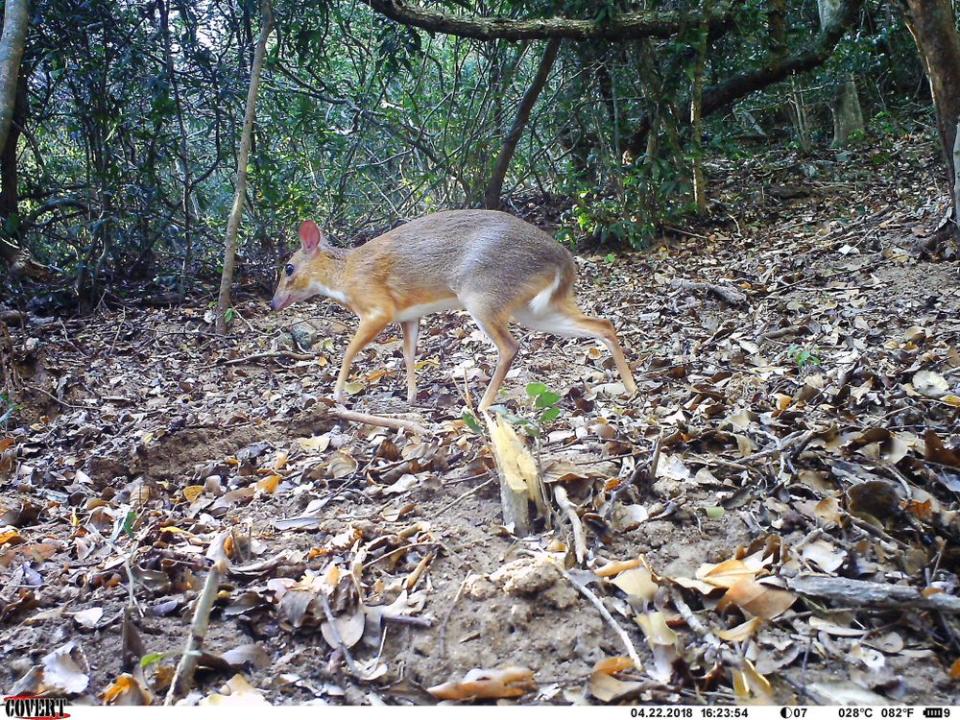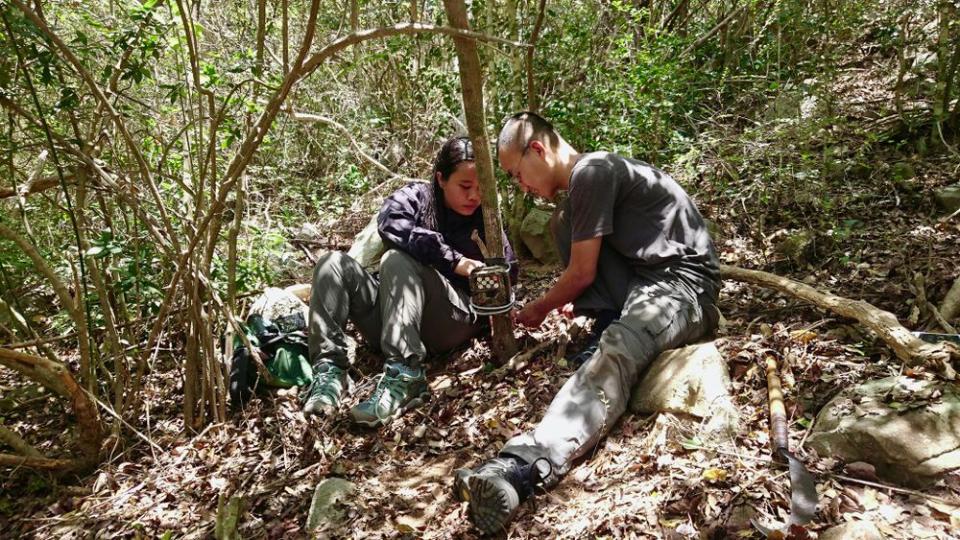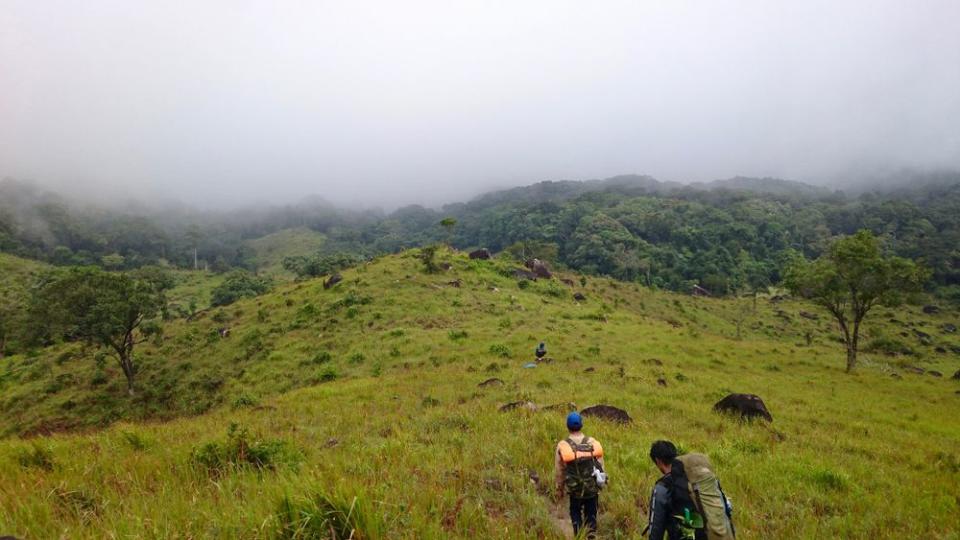Miniature Fanged ‘Mouse-Deer’ Rediscovered After Disappearing for Nearly 30 Years

Wildlife conservationists have recently rediscovered a small deer-like species that went missing in the 1990s.
On Monday, members of the Global Wildlife Conservation and their partners at the Southern Institute of Ecology and Leibniz Institute for Zoo and Wildlife Research announced that they have found the silver-backed chevrotain living in Vietnam’s coastal forests.
The rediscovery has researchers urging for “immediate conservation actions to ensure its survival.”
“For so long this species has seemingly only existed as part of our imagination,” An Nguyen, associate conservation scientist for GWC and expedition team leader, said in a statement. “Discovering that it is, indeed, still out there, is the first step in ensuring we don’t lose it again, and we’re moving quickly now to figure out how best to protect it.”


The silver-backed chevrotain — also called the Vietnamese mouse-deer — is a small species no bigger than a rabbit. They are actually the world’s smallest hoofed mammals, according to GWC, who also described the animals as “shy and solitary.” The little critters often weigh less than 10 lbs., appear to walk on the tips of their hooves and often have two tiny fangs.
Researchers found the elusive mouse-deers after several locals described seeing the silver-backed animals in the area.
From there, the team decided to set-up three cameras in the area and captured 275 photos of the species over the course of five months. They then brought in an additional 29 cameras and captured 1,881 more photos of the chevrotain over another five months.
RELATED: Tortoise Species Thought Extinct Since 1906 Discovered Alive on Galapagos Island


“We had no idea what to expect, so I was surprised and overjoyed when we checked the camera traps and saw photographs of a chevrotain with silver flanks,” Nguyen said.
According to the GWC, there are only two known records of the species, one in 1910 and another in 1990, so scientists know “almost nothing about the species’ general ecology or conservation status.” This makes the recently rediscovered animal one of the top priorities in mammal conservation.
RELATED VIDEO: Nat Geo’s Ronan Donovan Explains How Changes to Endangered Species Act Impact Wolves
“It is an amazing feat to go from complete lack of knowledge of the wildlife of the Greater Annamites 25 years ago, to now having this question mark of the silver-backed chevrotain resolved,” Barney Long, GWC senior director of species conservation, said in a statement.
He added, “But the work is only beginning with the rediscovery and initial protection measures that have been put in place — now we need to identify not just a few individuals on camera trap, but one or two sites with sizable populations so that we can actually protect and restore the species.”
The team is now trying to determine how large the population is and what its immediate threats are. They plan to use their findings to create a conservation action plan for the species.

